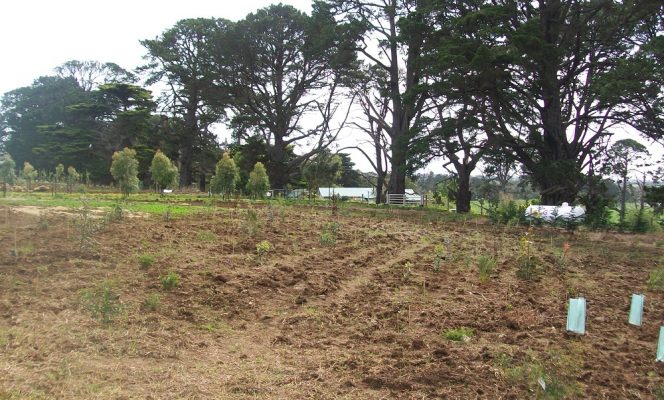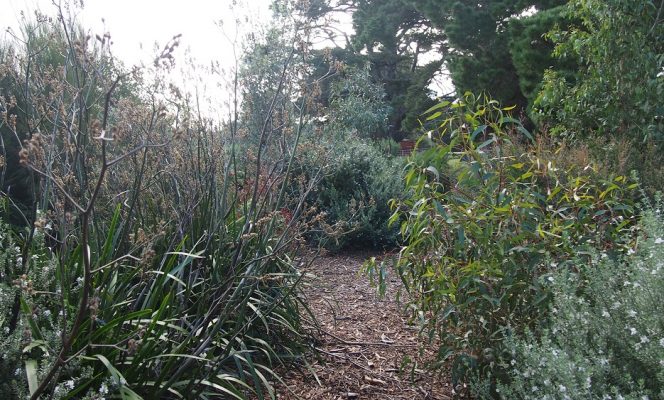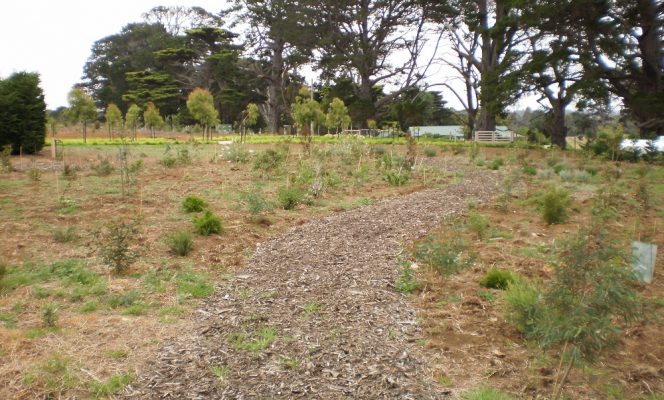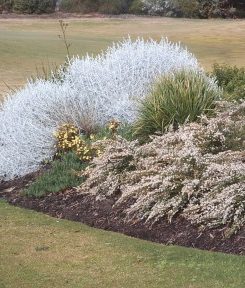Drought Tolerant Gardens
What crazy weather we have been having! Well as the old saying goes “It never rains but it pours” – La Nina has certainly cast out our long reigning El Nino. Though water has been plentiful recently, we are a land of extreme climatic conditions and a drought is always around the corner, so the use of drought-resistant plants is still essential when creating a garden that will survive the dry spells.
We have a wealth of experience with drought tolerant plants so have witnessed first-hand which plants really are tolerant and which others make this claim but in fact have varying success coping with dry conditions.
It is important to plan your outdoor living areas to minimise the use of our precious water resources. There are many ways to do this which include:
Selecting drought tolerant plants for your garden
There is a wide range of drought resistant plants that are able to cope with a lack of water. Try to select plants that are indigenous to your area as a first choice, then if these do not suit your needs, look at plants from other countries with similar climatic conditions.
Group plants with similar water needs. You might have some plants that you like that need a little more water than other plants. If you group these together you can target different areas with different irrigation patterns, rather than watering everywhere with the same amount of water. This is one of the reasons to keep any vegetables in the same spot. A veggie patch can actually save water because home-grown veggies use less water to grow than shop- bought ones.
The pictures below are of some planting in Kings Park, Perth. It shows Australian natives that are very drought tolerant.
BEFORE

The picture above is of a newly planted garden with no irrigation system
AFTER

The picture above is of the same garden 3 years later, now very drought tolerant and with no irrigation system. The plants were watered when planted and have only had occasional hand-watering on extreme heat days.
BEFORE

Clive sourced the plants and then showed the clients how to lay them out and plant them.
AFTER

Clive then offered a follow-up service to check on plant health and offer pruning advice. This is the same drought tolerant garden three years later.
BEFORE

AFTER

Irrigation in the garden
- Install a rainwater tank. These come in all shapes and sizes and can be put under your house or even used as garden or boundary walls!
- Install a grey water system. This stores and re-uses the water from your shower and laundry. There can be problems with constantly using this on your plants due to the phosphates in detergents and the increase of soil alkalinity as a result of over-use. If used sparingly it should be fine, or alternatively consider using this for your toilets, reducing water consumption.
- Water wisely. Install dripper systems and on watering days, set them to come on during the night. Clive can recommend professional irrigators for any advice and service you need when deciding on a drought resistant garden.
Mulch helps drought tolerance
- Mulch reduces evaporation by creating a protective layer between the soil and the sun.
- Coarse mulch helps water absorption by “trapping” the water, rather than letting it run off.
- By keeping the sun off the soil, plant roots are cooler and under less stress.
- Mulch can be either organic or inorganic. Organic mulches consist of broken- down plants and can include everything from compost and straw to coarse bark chips. Remember that smaller particle composts will break down more quickly than coarse mulches. Inorganic mulches consist of things like gravel, pebbles, stones, recycled glass and plastics. While most of these mulches do not add nutrients to the soil, they do not break down and so last longer. The variety of colours can also create a good effect.
Garden Maintenance
- Keep your garden weed-free. Weeds compete with your plants for water, so remove the competition!
- Keep your mulch topped up. How often you need to do this depends on the type of mulch, but is worthwhile doing.
- While appropriate pruning is generally a good idea, pruning in dry conditions can add extra stress on plants so is best avoided.
- Keep an eye on your garden! Try to walk around your garden at least twice a week and look for plants that are showing signs of stress, e.g. wilting. You can then water much more wisely.
- Maintain your irrigation system and watch for leaks and blocked nozzles etc.
-400x360.jpg)
